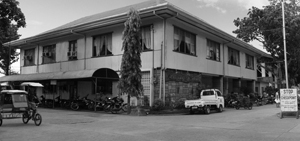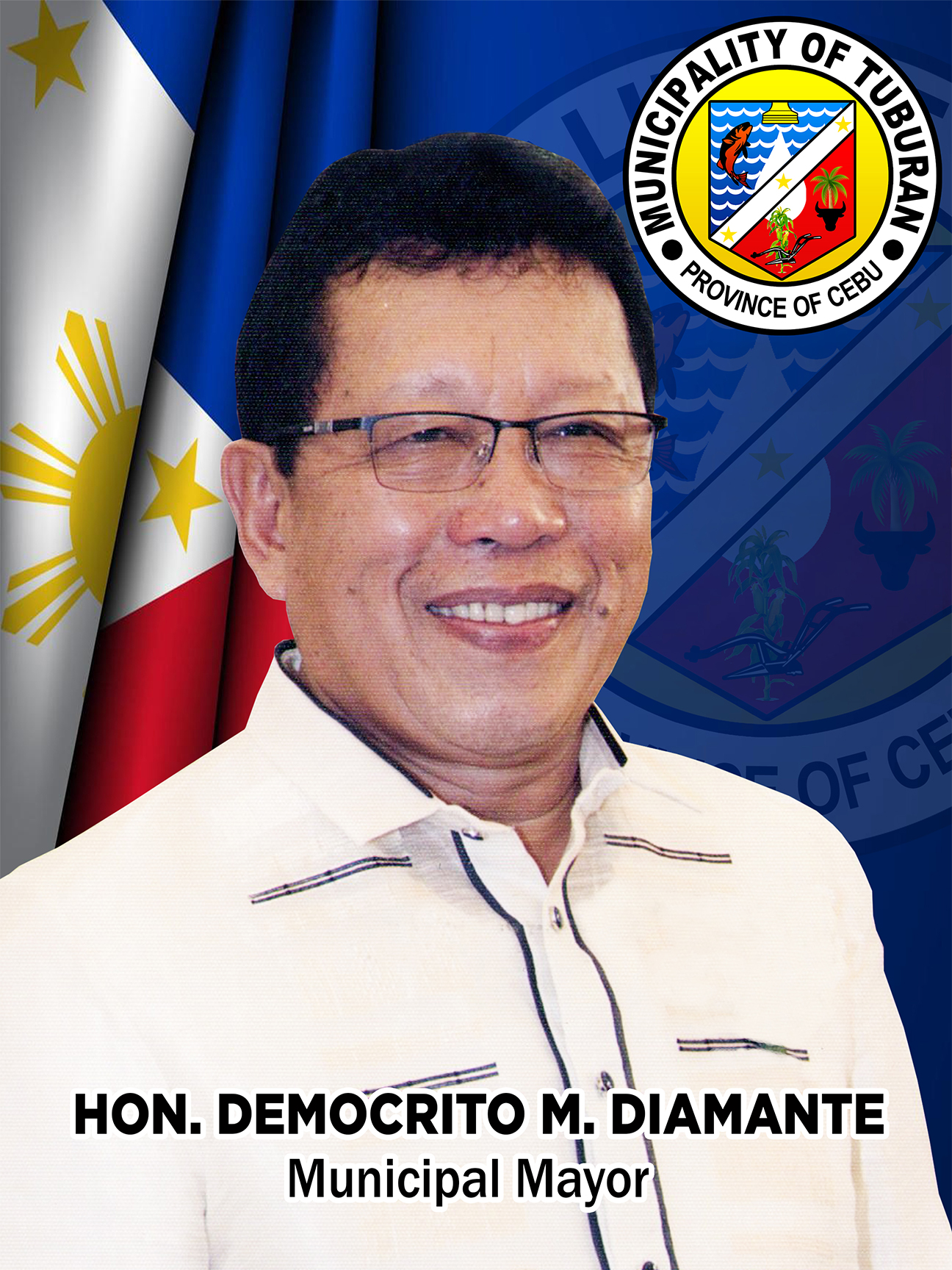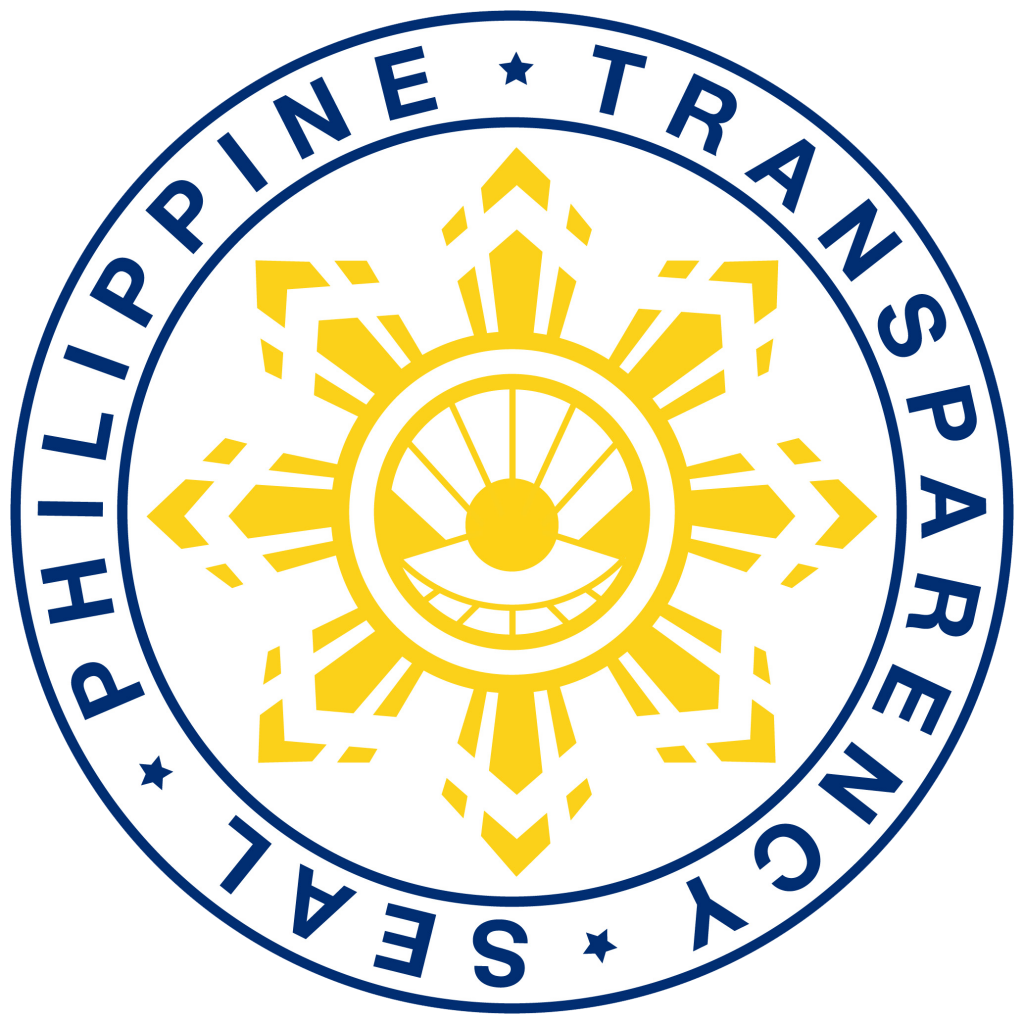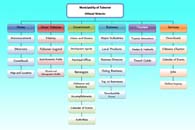History

The name Tuburan is apt for this northwestern town, as this place is blessed with many springs. Formerly a part of Balanbang (Balamban), it became a municipality in 1851.
Tubud is the vernacular word for spring and changing the d to r, a, n means that there are many springs in that particular place.
The story is told of Don Mariano Montebon, considered one of the town’s founders. Inthe later part of 1850 and the early days of 1851, he was already doing business in this remote place whose inhabitants did not really know what the name of their place was. In the course of doing business, one day, Montebon, who was originally from Sogod, noticed that the place seemed to have springs almost everywhere. He thought there might be something that could be of help to the inhabitants. So, the following day, instead of doing his usual business, he went around asking people where else he could find other springs. He was surprised to learn that there were so many and that there were six other big springs. He wanted to find out if this was really true, so he asked one inhabitant to dig in the place where he was standing. Much to his surprise, even if the person was able to dig only one – and – a – half feet, water came out in abundance. The person told him it was always the case there. In Cebuano, the inhabitant said, Ingon man gyud diri, senyor, bisan asa (wherever), bangag (hole), tubig (water!).
After the discovery, Montebon took steps to uncover the springs, where there might be some, and made known his discovery of these many springs to the inhabitants of the place.Montebon now called, Tinubdan, later on, Tuburan. In gratitude for what he had done, the people chose him as their leader, and thus, he became the first mayor of the town which is today one of the largest among the Cebu municipalities in area, population and income.
The original town site is about five kilometers south of the spot where the municipal building now stands. This place is now named Daligdigan, which means “that through which water flows. “In short, it can mean spring, or tuburan in the Bisayan dialect.
When and where the original settlement was founded by the earliest settlers from the islands of Bohol, and the towns of eastern Cebu and even of the island of Negros is subject to conjecture. There ae no existing records to show when and under what Spanish decree in this municipality was created. But to the first historians of this place, there is no doubt that this first settlement was founded by Capitan Don Mariano Montebon from Sogod, Cebu supposedly in the year 1851. Montebon was unaware that his Adela River settlement was the nearest spot where, many, many years ago, Malayan and Indonesian traders from Panay, Negros and Bohol, who were desperately searching for drinking water, found a rock that jutted out to sea on the side of which spring of fresh water. Later, they discovered many more springs around the municipality.
Despite soil erosion, there are still hundreds of springs scattered around the municipality. The seven big springs are the Mantawihan Spring, the Tubod Spring, the Magdagook Spring, the Langub Spring, San Juan Spring, the Bitian Spring, and, the biggest, coolest and most famous of them all, the Molobolo Spring. These are now considered part of the town’s natural heritage.
The original town site chosen by Montebon was located in Daan Lungsod, just across the Adela River, 500 meters to the north of the present poblacion. A year after Montebon founded the town, or in 1852, his successor, Don Vicente Bato, moved the site of the town to Sitio Daligdigan of Barangay Carmelo. Vicente Bato was the first capitan and was popularly known as Sente Bungot. During his incumbency, the place was a cluster of houses around Daligdigan spring which was a stopping place of travelers from the towns of Toledo and Balamban going to Bantayan and vice – versa. Its favorable harbor and the abundance of fish were the reasons for the transfer, aside from the fact that Bato was a resident of the place itself. The following year, or in 1853, Don Vicente Bato was replaced by Don Diego Tabotabo, popularly called Tan Diego, a native of Liloan, Cebu who had acquire large tracts of land in Tuburan. It was he who moved the town site in 1857 to where it presently located. He initiated the town planning and engineered the road network of the town. A hall that was become the seat of the municipal government was erected on his land and is now the permanent site of the present municipal government center.
Although the name Tuburan is apt for this northwestern town, it was not exclusive to this place. Records gotten hold of by the Tuburan municipal government, with dates ranging from 1850, 1856, and 1877 tell us the name was actually shared by three barangays of Cebu.One of these is, of course, the town of Tuburan itself. Both the communities of Naghalin and Bagacua were originally also called Tuburan, having been near and part of Tuburan. They were granted their petition to become a separate municipality, independent of their mother towns of Balamban and Tuburan. These two communities merged into one and were renamed Asturias. This was approved by Royal Decree 508 on July 24, 1878.
The other town which used to share the name Tuburan was the southwestern town of Alegria. In the year 1850, with the occurrence of the parish priest, the Alegria residents’ petition for it to become a separate town independent of its mother town of Malabuyoc was granted. To avoid confusion, this newly – separated town was renamed Alegria, as suggested by the Governor of Cebu in a letter to the Governor General and Captain General of the islands dated September 24, 1850. The next day, September 25, 1850, the Governor General issued a decree approving the change of name. The two new towns thus solved the problem by changing their names to Asturias, for the northwestern town, and Alegria, for the southwestern town.Since its founding, more than thirty (30) leaders have taken turns in steering the affairs of the municipal government, all of them considered as having contributed a significant part to Tuburan’s development and history.
In September 1952, amid great rejoicing, Tuburan celebrated the first centennial of its founding as a municipality, recalling the fact that the first head to occupy the dignified position of Capitan was Mariano Montebon. The centennial celebration happened during the incumbency of Mayor Jesus A. Montecillo.


















